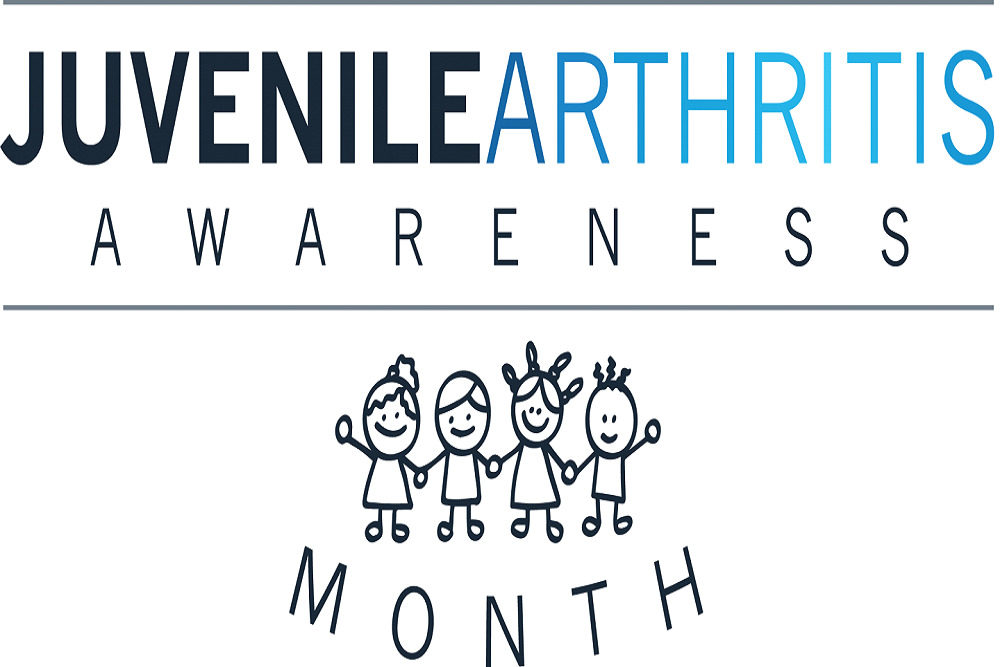Crampton RL DPM issued the following announcement on July 15.
Arthritis in children is called childhood arthritis or juvenile arthritis. July is Juvenile Arthritis Awareness Month. Nearly 300,000 children in the United States have some sort of arthritis. The most common kind of juvenile arthritis is Juvenile Idiopathic Arthritis (JIA). JIA usually appears in kids between 6 months and 16 years old. Some forms of JIA are more common in girls.
Childhood arthritis can cause permanent physical damage to joints. This damage can make it hard for a child to do everyday things like walking or dressing and can result in disability. Childhood arthritis is an equal opportunity disease – it can affect children of all ages, races and ethnic backgrounds.
It's not known exactly what causes JIA in kids. Research indicates that it is an autoimmune disease. In autoimmune diseases, white blood cells can't tell the difference between the body's own healthy cells and germs like bacteria and viruses. The immune system, which is supposed to protect the body from these harmful invaders, instead releases chemicals that can damage healthy tissues and cause inflammation and pain.
Take your child to the doctor if he or she has joint pain, swelling or stiffness for more than a week — especially if he or she also has a fever.
To diagnose JIA, the doctor, typically a pediatric rheumatologist, will ask you questions about your child’s symptoms, find out whether other family members have had similar problems, and do a thorough physical examination. The doctor may order X-rays or blood tests to rule out other conditions or infections, such as Lyme disease, that may cause similar symptoms or occur along with the arthritis.
Symptoms of JIA may come and go over time. There may be times when symptoms get worse, known as flares, and times when symptoms get better, known as remission. Signs and symptoms include:
- Joint pain
- Swelling
- Fever
- Stiffness
- Rash
- Fatigue (tiredness)
- Loss of appetite
- Inflammation of the eye
- Difficulty with daily living activities such as walking, dressing, and playing
The goals of treatment are to relieve pain and inflammation, slow down or prevent the destruction of joints, and restore use and function of the joints to promote optimal growth, physical activity, and social and emotional development.
Several serious complications can result from JIA. But keeping a careful watch on your child's condition and seeking appropriate medical attention can greatly reduce the risk of these complications:
- Eye problems. Some forms can cause eye inflammation. If this condition is left untreated, it may result in cataracts, glaucoma and even blindness.
- Eye inflammation frequently occurs without symptoms, so it's important for children with this condition to be examined regularly by an ophthalmologist.
- Growth problems. Juvenile idiopathic arthritis can interfere with your child's growth and bone development. Some medications used for treatment, mainly corticosteroids, also can inhibit growth.
For more information regarding juvenile arthritis, talk to your primary care provider. If you don’t have a primary care provider, call the CCMH Medical Clinic at 712-265-2700.
Original source can be found here.


 Alerts Sign-up
Alerts Sign-up